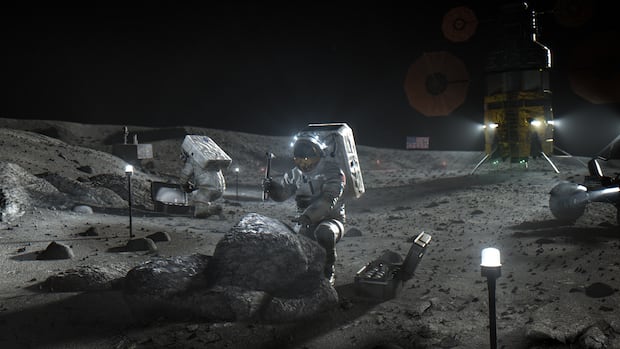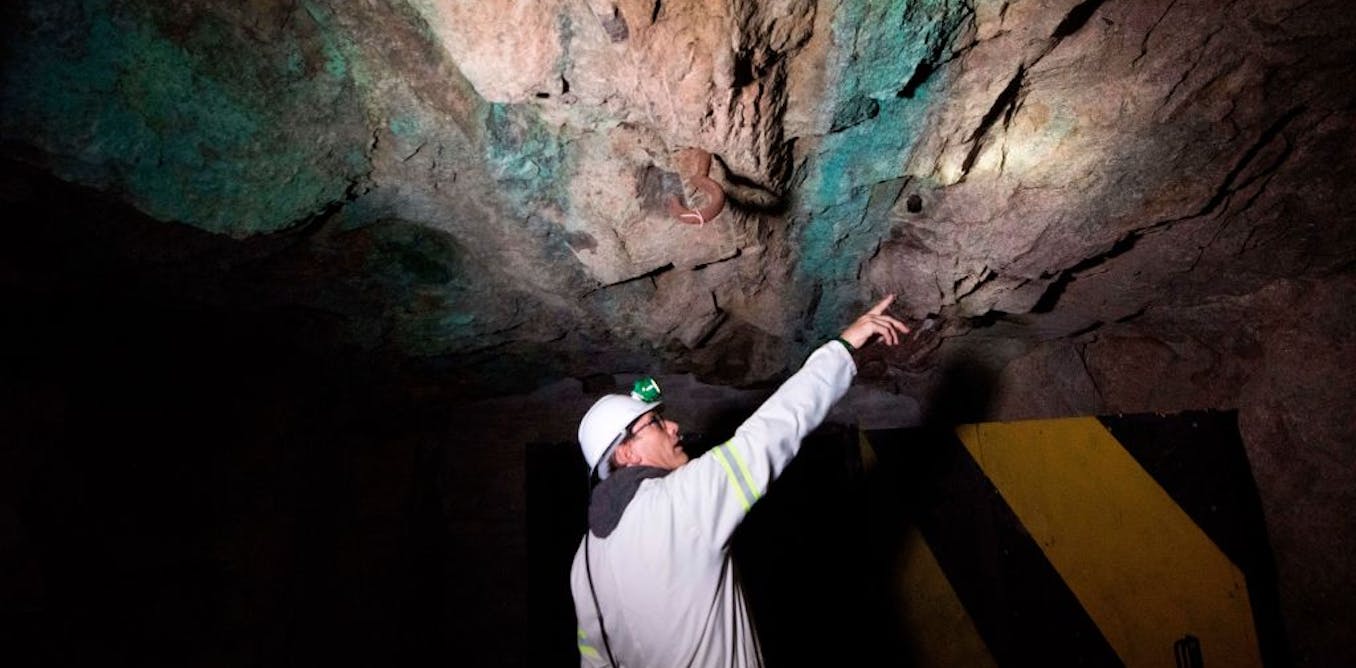Unbelievable Plans to Power Moon Colonies with Nuclear Energy Revealed!

Get ready to blast off into the future! As early as February, the crew of Artemis II will embark on a historic journey from Cape Canaveral, Florida, orbiting the moon for the first time in over 50 years. But this mission is about more than just planting flags and collecting moon rocks; it’s about establishing a lasting human presence on the lunar surface—and that’s where things get truly exciting.
The Artemis program isn’t just a nostalgic nod to the space race of the 1960s; it’s an ambitious leap toward our next giant leap for mankind—colonizing the moon and eventually heading to Mars. However, keeping people alive and thriving on the moon, which experiences two weeks of sunlight followed by two weeks of darkness, presents a unique challenge.
So, how does one sustain life in such an extreme environment? The answer lies in a surprising modern twist: nuclear energy. Earlier this month, the Canadian Space Agency (CSA) announced a $1 million investment to the Canadian Space Mining Corporation (CSMC) to develop a low-enriched uranium nuclear reactor designed specifically for lunar operations.
When we think of nuclear reactors, we might picture massive buildings or towering steam stacks, reminiscent of what we’ve seen in cartoons like The Simpsons. But there’s a new player on the field: modular reactors. These smaller, more efficient reactors can be assembled in factories and shipped to their deployment sites. CSMC is pioneering the creation of micro modular reactors—compact enough to operate in remote areas on Earth and, potentially, on the moon.
Is it really feasible to send nuclear reactors to the moon? Surprisingly, the concept isn’t as far-fetched as it may seem. The idea of nuclear energy in space has been around for decades. As Kirk Atkinson, an associate industrial research chair at Ontario Tech University, explains, “NASA has been working on it for a decade or more now, and they've conducted successful demonstration experiments.”
While Canada isn’t the only nation aiming for lunar nuclear power—NASA is eyeing a reactor for the moon by 2030, ahead of competitors like China and Russia—Canada’s commitment to contributing to international space efforts is noteworthy. Daniel Sax, CEO of CSMC, emphasizes that Canada has a rich history in space exploration, and this project is an extension of that legacy.
The moon reactor will be built on Earth and then transported to its new home in space. It will operate partially autonomously, with oversight from mission control back on Earth. Yet, as with any ambitious project, challenges loom large. The harsh lunar environment poses significant hurdles: without an atmosphere, cooling the reactor will be a sophisticated feat, and dealing with spent nuclear fuel will require innovative solutions.
Legal and regulatory questions also hang in the air. Who oversees nuclear operations on the moon? While Canada’s Nuclear Safety Commission regulates domestic reactors, the absence of established lunar governance complicates matters.
Despite these challenges, Sax remains optimistic. He envisions micro modular reactors not just powering lunar colonies, but also improving energy access for remote and Indigenous communities in Canada and beyond. “If we can enable exploration that also brings economic and environmental benefits, that’s an incredible goal,” he says.
This is more than just an ambitious space mission; it’s a step toward a new era of human exploration and innovation that could redefine our relationship with the cosmos.




























